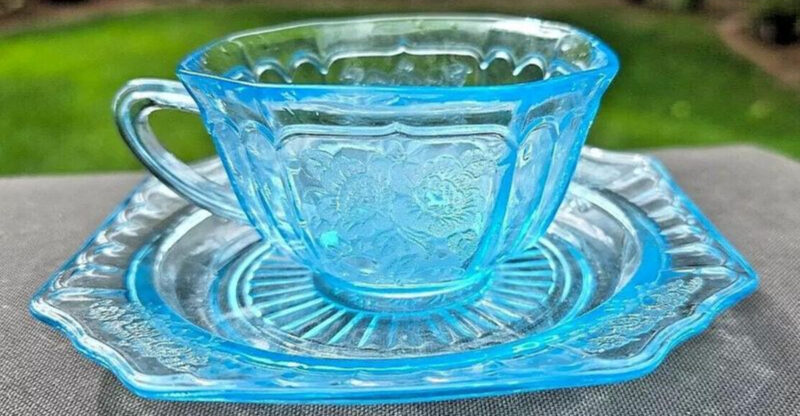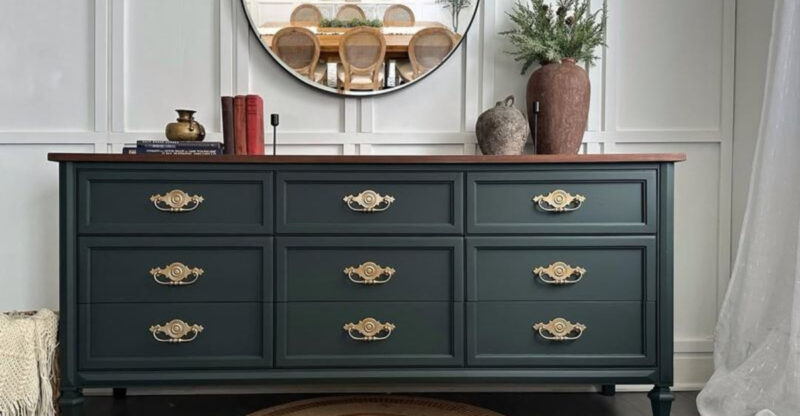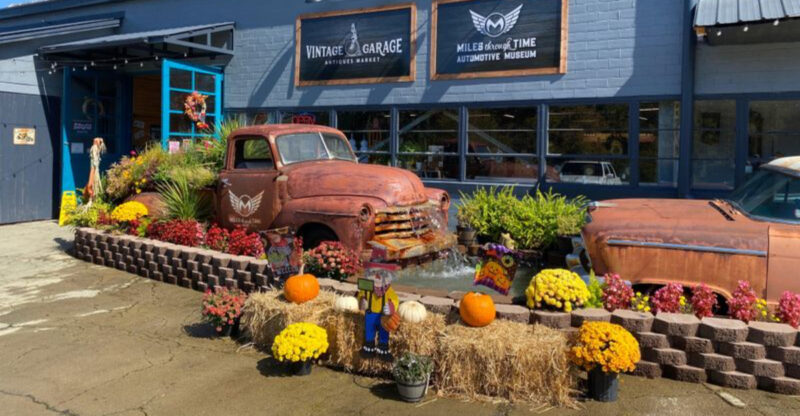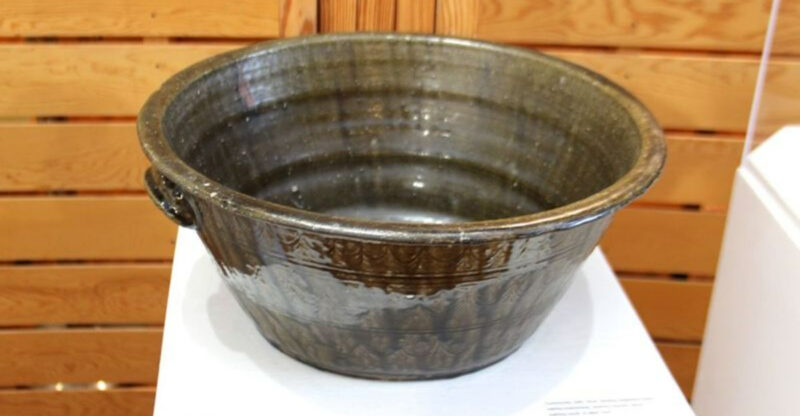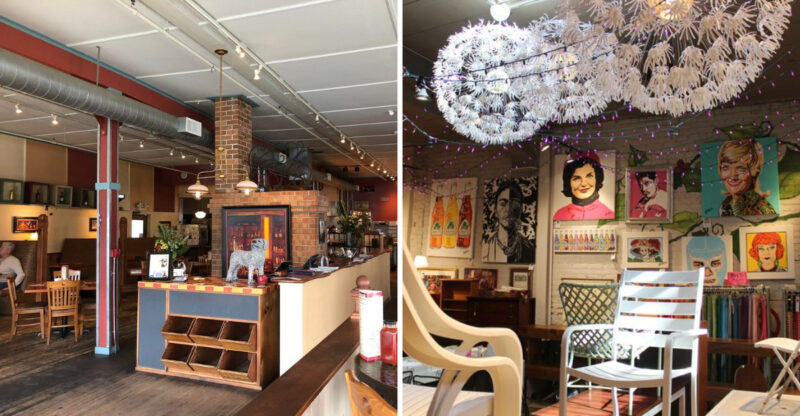7 1900s Antiques That Aren’t Worth Anything + 3 More That Are Just As Useless
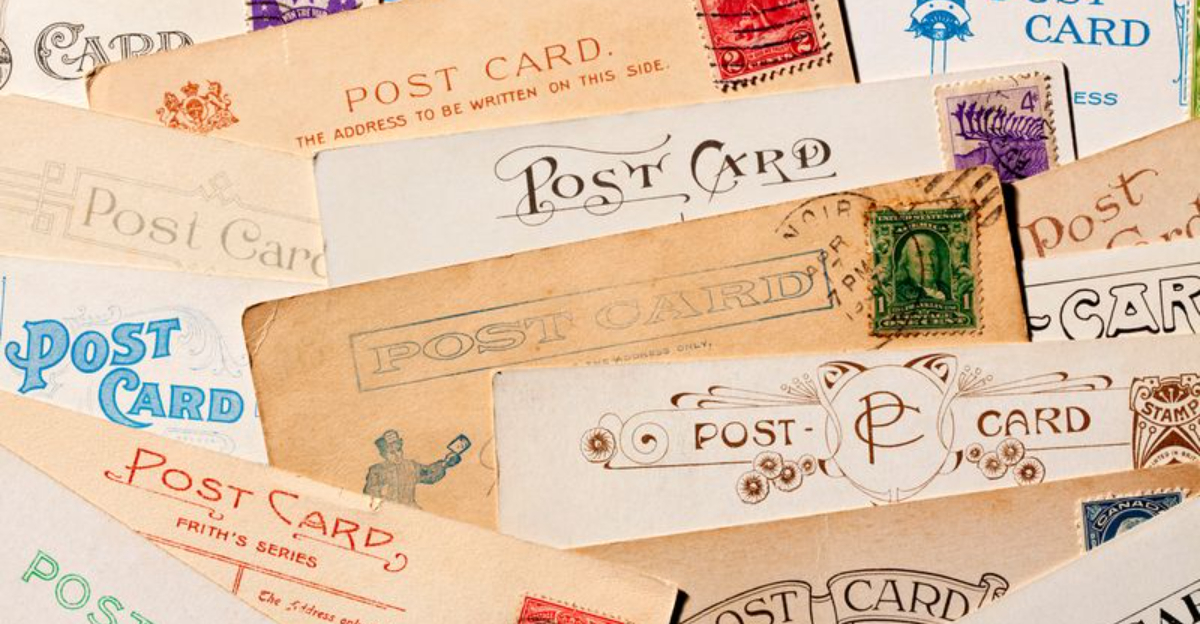
Not every relic from the past is a ticket to riches. While some antiques from the 1900s carry serious historical or monetary weight, most don’t even fetch enough for a decent lunch.
Across America, attics and basements are filled with glassware, figurines, and knickknacks once thought valuable – now dismissed by appraisers as little more than clutter.
Sentimental, sure. But sellable? Not likely. Knowing what’s actually worth something – and what’s just taking up space – can save you disappointment, and maybe a few storage fees too.
1. Mass-Produced Depression Glass
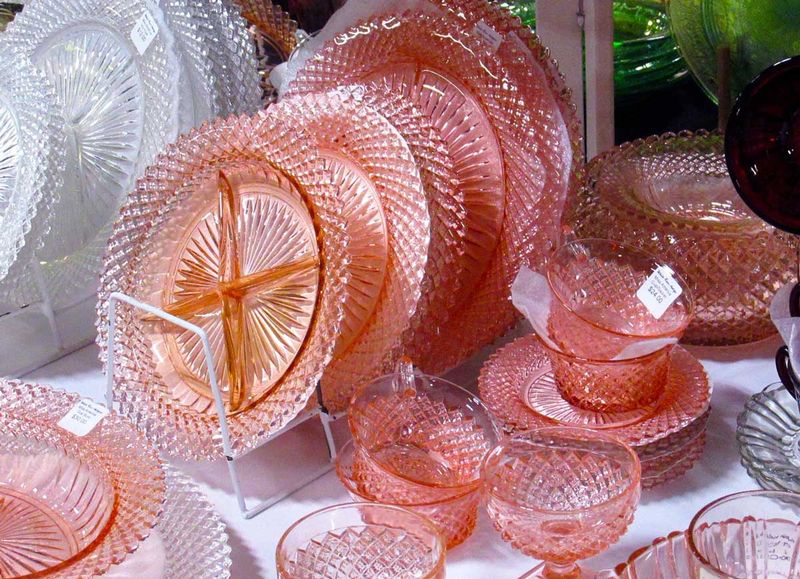
That colorful glassware grandma cherished? Manufacturers churned out countless pieces during the Great Depression as affordable dishware or promotional giveaways at movie theaters and gas stations.
Most pieces sell for under $20 today despite their age. The market became oversaturated when collectors snatched them up in the 1970s, causing values to plummet as interest waned.
2. Silver-Plated Flatware Sets
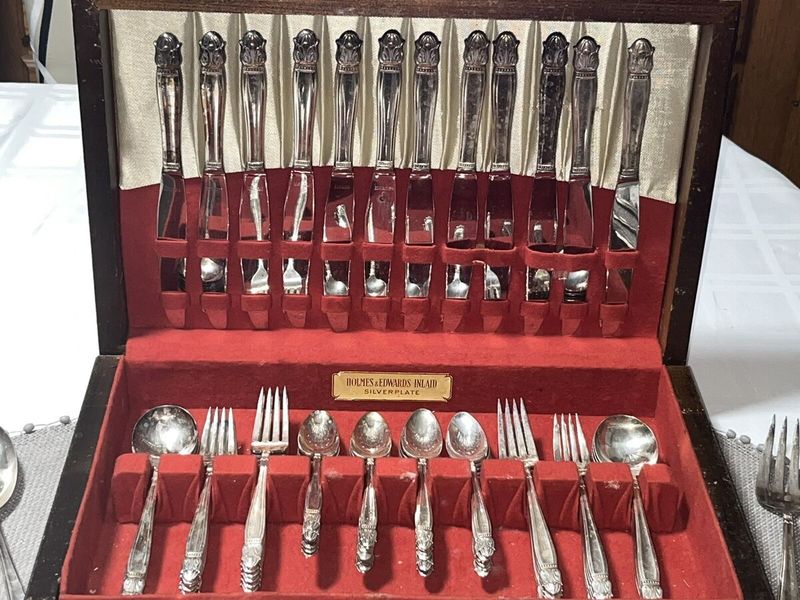
Remember those tarnished spoons and forks in velvet-lined boxes? Silver-plated items only contain a microscopically thin layer of silver over base metal, making them virtually worthless as precious metal.
Modern families rarely use formal silverware, so demand has crashed. Even complete sets from respected manufacturers sell for pennies on the dollar at estate sales, regardless of their ornate patterns.
3. Vintage Sewing Machines
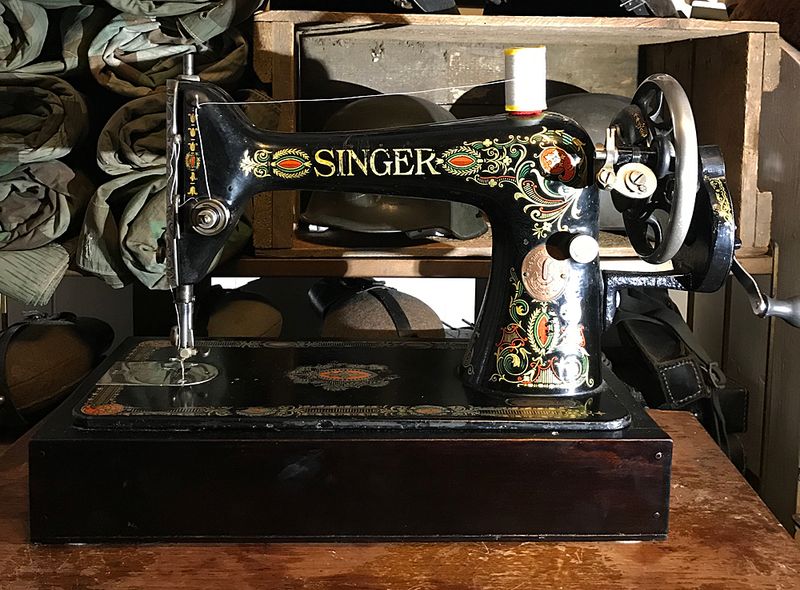
Heavy as tanks and built like battleships, those old Singer machines were manufactured by the millions. Despite their impressive engineering, most carry minimal value today unless they’re extremely rare models.
The sheer weight makes shipping prohibitively expensive. Dealers often refuse these machines outright since storage costs exceed potential profits, leaving many perfectly functional antiques destined for the scrap heap.
4. Collector Plates
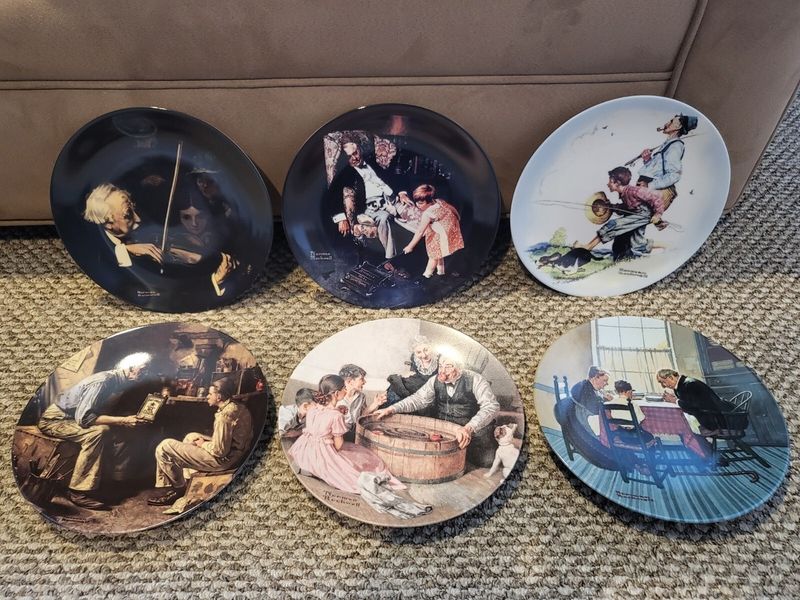
Grandma’s wall of commemorative plates won’t fund your vacation. Those limited-edition ceramic plates with scenes of puppies, rural landscapes, or celebrity portraits were marketed as investments during the 1970s-90s.
Despite original prices of $20-50, most sell for $5-10 today. Manufacturers produced “limited editions” in runs of thousands, creating artificial scarcity that never translated to lasting value when the collecting trend faded.
5. Common Milk Glass Pieces
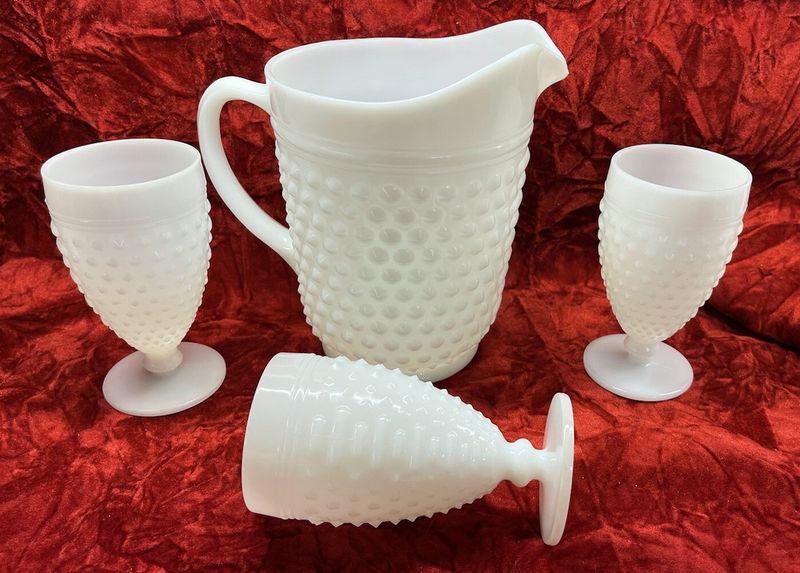
Those white decorative vases and candy dishes? Standard milk glass flooded American homes throughout the early-to-mid 1900s as affordable decorative items for middle-class households.
Reproduction pieces now mix with originals at flea markets. Only rare patterns or unusual colors command decent prices. The typical hobnail vase or hen-on-nest dish that once graced grandma’s coffee table might fetch $5-15 today.
6. 20th-Century Encyclopedia Sets
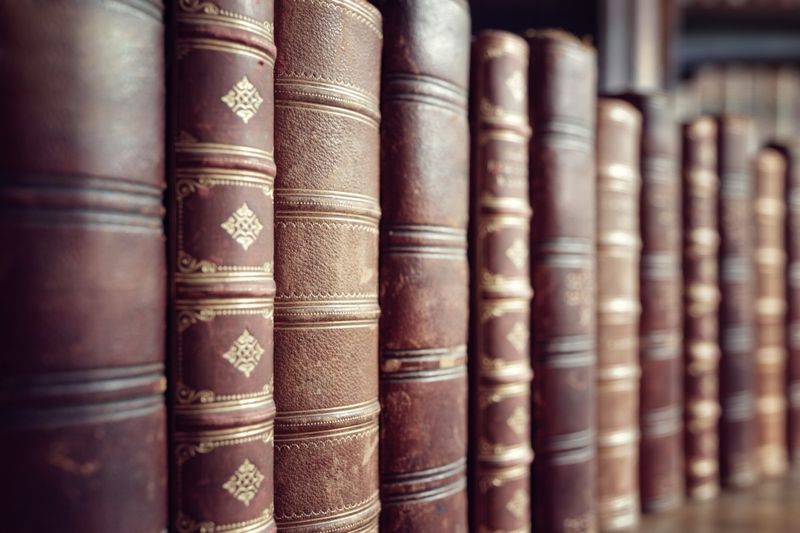
Massive leather-bound encyclopedia collections once symbolized education and status in American homes. The internet rendered these outdated information sources obsolete almost overnight.
Libraries won’t accept donations, and resellers avoid them completely. Even prestigious sets like Encyclopedia Britannica often sell for less than $20 at estate sales, with many ending up recycled despite their impressive appearance and historical information.
7. Cut Crystal Bowls And Vases
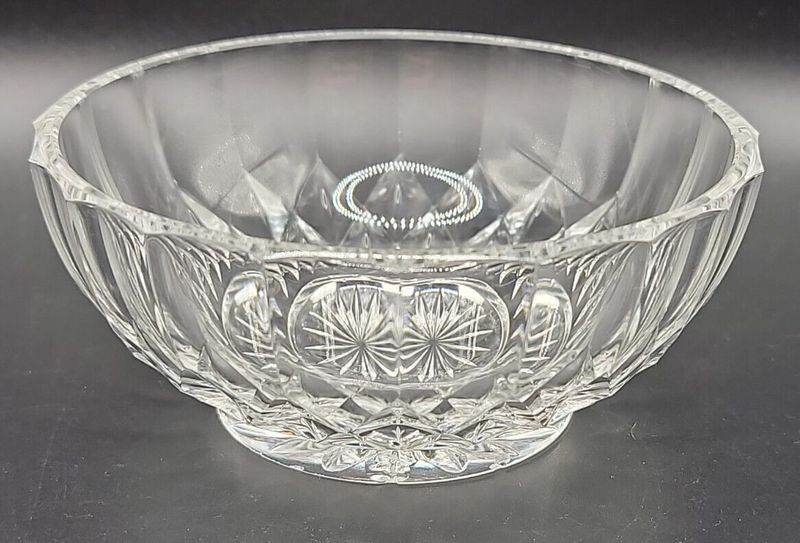
Sparkling crystal once represented wedding gift perfection. Formal entertaining declined dramatically in recent decades, leaving these heavy decorative pieces without purpose in modern homes.
Unless marked by prestigious makers like Waterford or Baccarat, most crystal sells for a fraction of its original price. Young homeowners prefer lightweight, dishwasher-safe options, making grandma’s heavy crystal punch bowl a burden rather than a treasure.
8. Ceramic Figurines From Chain Stores
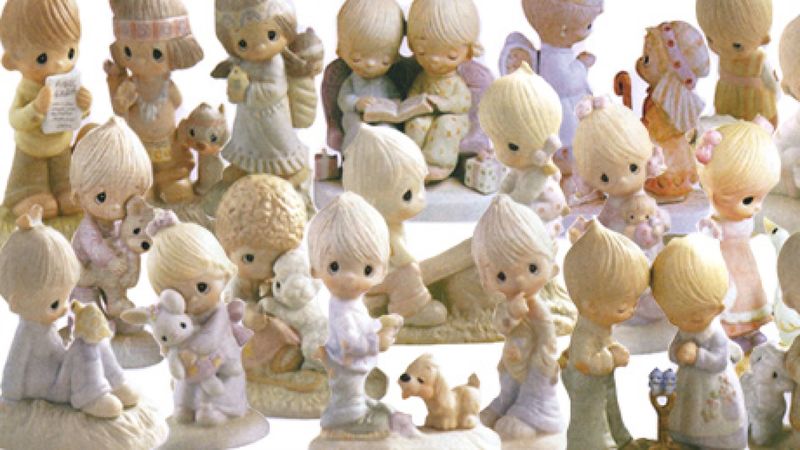
Precious Moments and similar mass-produced figurines once dominated gift shops nationwide. Originally sold as collectibles with artificially inflated values, these saccharine statues have plummeted in price.
Secondary markets overflow with unwanted figurines as original collectors downsize. Even limited editions and retired pieces typically sell for 70-90% below original retail prices. The cutesy aesthetic has fallen dramatically out of fashion with younger generations.
9. Old Typewriters In Poor Condition
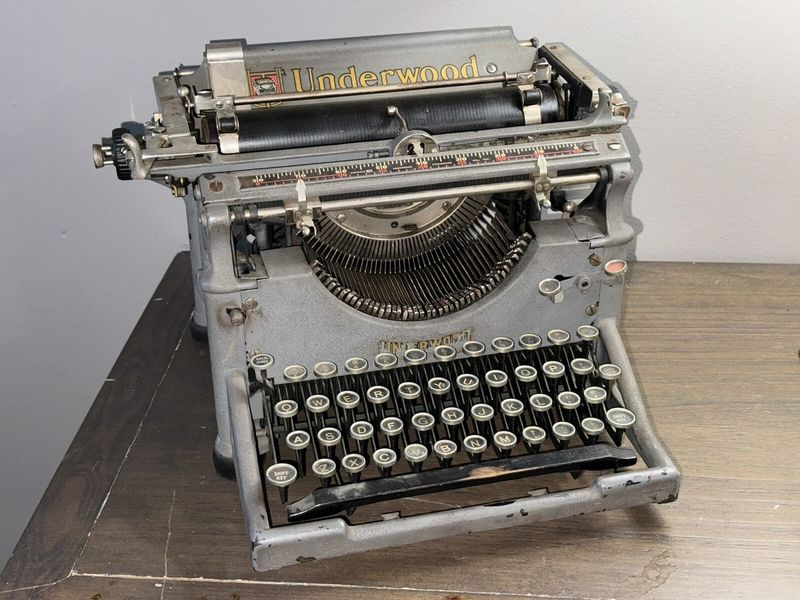
Rusty typewriters with sticky keys gather dust in countless basements. While pristine models from certain manufacturers can command decent prices, most survive in mediocre condition after decades of neglect.
Restoration costs typically exceed market value. Parts scarcity compounds the problem for would-be collectors. Only exceptionally rare models or those with celebrity connections hold significant value, while common office workhorses remain practically worthless despite their vintage appeal.
10. Non-Rare Postcards And Stamps
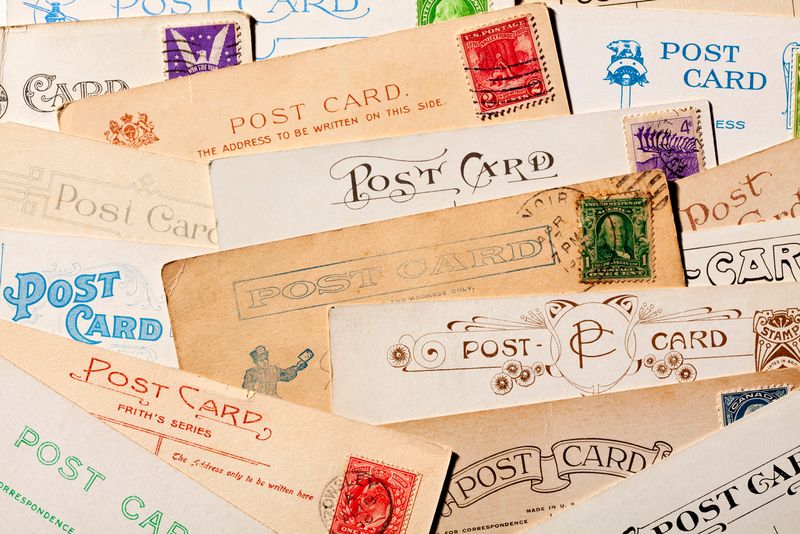
Grandpa’s shoebox of old postcards likely contains common specimens produced by the millions. Mass tourism in the early 1900s created an explosion of souvenir postcards with minimal current value.
Similarly, most stamps from the 20th century were printed in massive quantities. Only those with printing errors or extremely limited runs command significant prices. Common commemorative stamps often sell below their original postage value despite being decades old.

